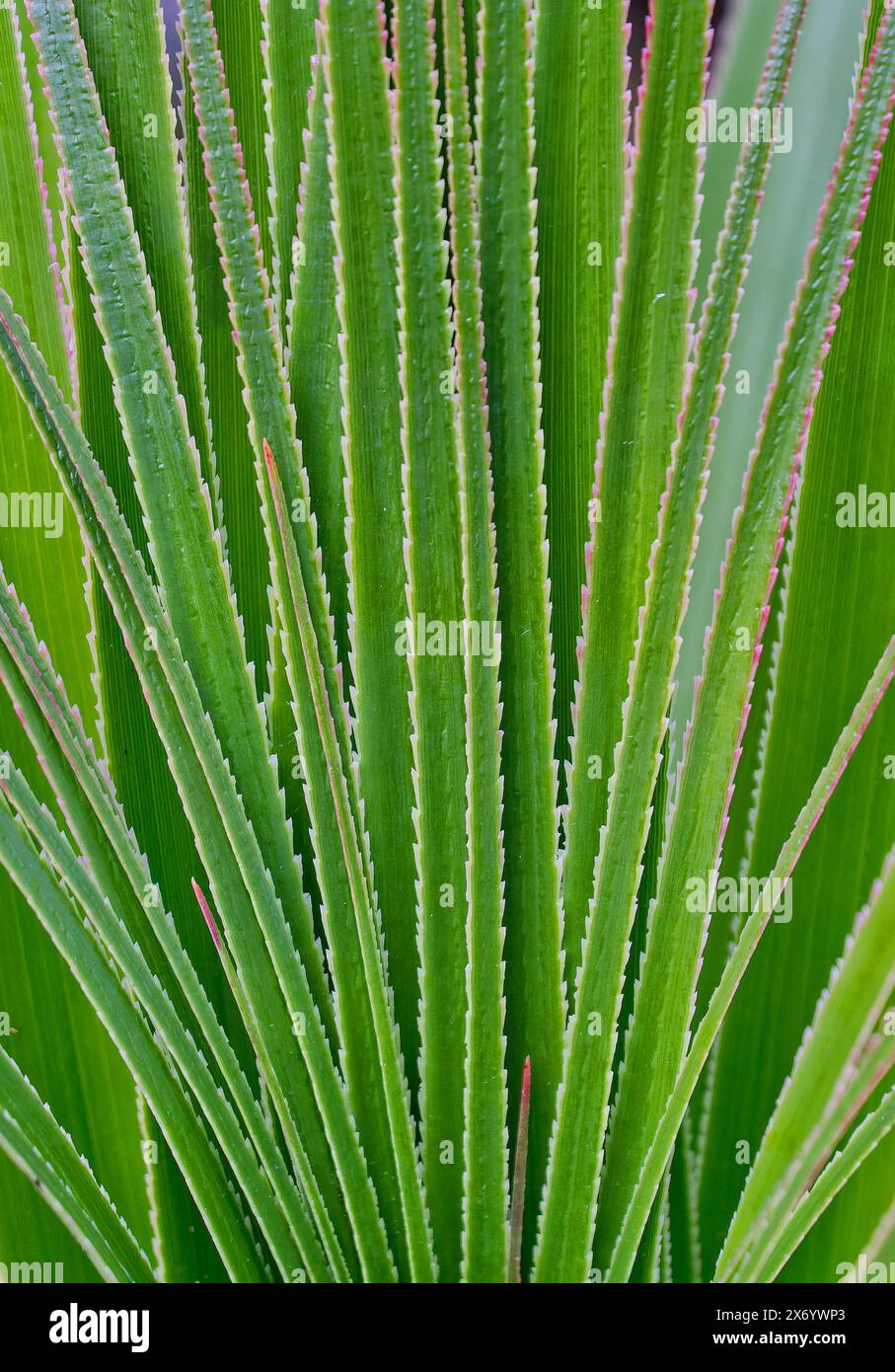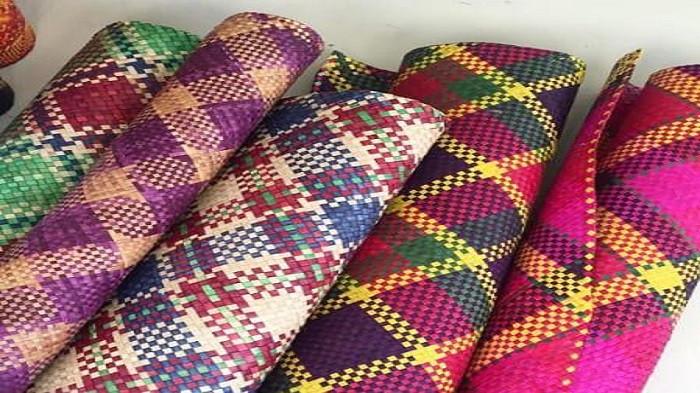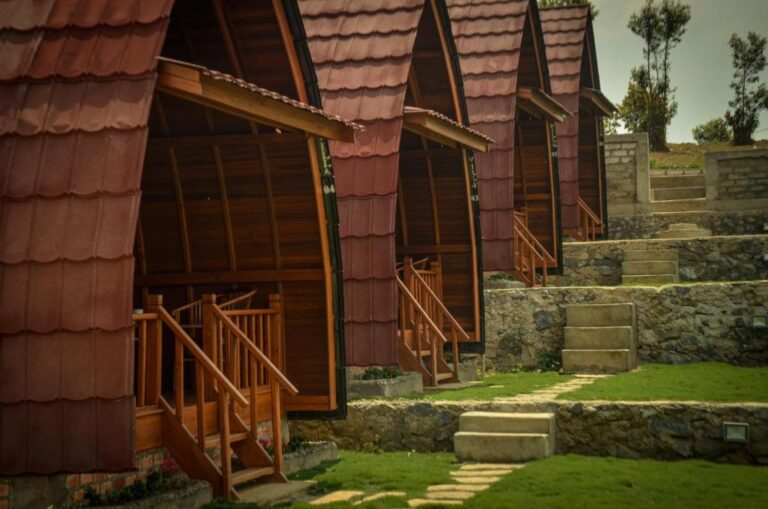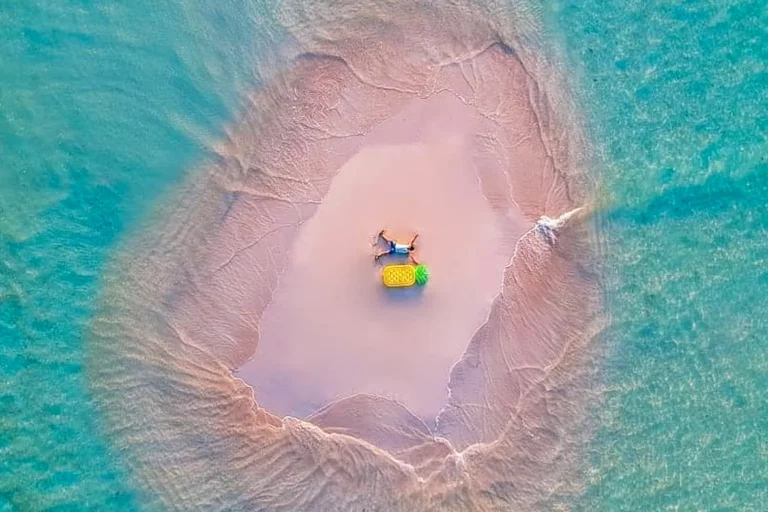How to Make Eco-Friendly Pandan Mats by Hand
The craft of making mats from natural materials, especially using pandan leaves or thorny pandan, has been passed down through generations across many parts of Indonesia. From Natuna and Aceh to Bali and Java, this age-old tradition remains a cornerstone of community life.
But these mats are more than just functional household items. In places like Natuna, being skilled in weaving pandan mats is even seen as a rite of passage, something a person is expected to learn before they marry.
Pandan mats hold deep cultural value. They’re used as floor covers, bedding, or picnic mats, but also serve as symbols of identity, artistic expression, and economic resilience. For rural communities, especially during hard times like the COVID-19 pandemic, mat-making has offered a vital alternative source of income.
And because they’re made from natural fibers, pandan mats are also biodegradable and environmentally friendly, perfect for today’s eco-conscious world.
Materials & Tools

1. Raw Materials
-
Pandanus leaves: Usually thorny pandan (Pandanus spp.), or local varieties like pandan kajang. These long, sturdy leaves can grow up to 2 meters and are often found in village gardens or nearby forests.
-
Optional natural dyes:
-
Turmeric for yellow
-
Pandan juice for green
-
Squid or cuttlefish ink for black
-
You can also mix ingredients for unique color combinations
-
2. Essential Tools
-
Sharp knife or machete
-
Bamboo clamp (or a basic leaf-flattening device)
-
Nylon thread or fishing line (for splitting leaves)
-
Scissors or a box cutter, a bucket, or a cooking pot for dyeing
-
A wooden scraper or tool to soften the leaf fibers
Preparing the Leaves

1. Cutting & Cleaning
Start by cutting the base of the pandan leaves with a knife or machete. Be careful—some varieties have sharp edges or thorns.
Remove the thorns gently with a blade or by rubbing them off.
Next, split each leaf lengthwise into 2–4 strips using nylon thread or a small knife.
2. Sun-Drying
Dry the strips under direct sunlight for about 2–5 days, depending on the weather. Make sure they’re completely dry before moving on to the next step.
3. Straightening & Softening
To make the weaving process smoother, straighten and soften the leaves by:
-
Clamping and pulling the strips from base to tip using a bamboo clamp, or
-
Rubbing the surface gently with a wooden scraper or blade
(Optional) Natural Dyeing
Want to add color or patterns? Here’s how to dye your pandan strips naturally:
-
Prepare your dye liquid (turmeric, pandan juice, squid ink, etc.).
-
Boil the pandan strips in the dye for 30–60 minutes.
-
Remove, drain, and dry the strips again until fully dry.
These natural dyes are non-toxic, eco-friendly, and ideal for sustainable craftmaking.
Weaving Techniques & Motif Design
1. Basic Weave Structure
Lay out the dried pandan strips in a simple vertical-horizontal format similar to a basic checkerboard weave.
Insert each strip over and under the others, alternating row by row, to create a tight, strong base.
2. Adjusting Size & Tightness
-
For large mats, make sure all strips are the same width for a uniform look.
-
Denser weaving = stronger mat (great for floors).
Looser weaving = decorative mat (ideal for walls or tables).
3. Pattern Design & Motifs
-
Plain: A basic weave with natural leaf color.
-
Geometric patterns: Use different colored strips to create zigzags, boxes, or lines.
-
Traditional motifs: Inspired by regional styles like Natuna, Aceh, or Bali. These often rely on strategic dye placement and deep cultural symbolism.
Drying & Finishing Touches
After weaving is done:
-
Check for loose ends and trim or tuck them in.
-
Sun-dry again to ensure the structure stays firm and dry.
-
Optional finishing:
-
Sew or wrap the edges to prevent unraveling
-
Apply a thin varnish for water resistance and easier cleaning (best for decorative mats)
-
Add a strap or loop so the mat can be rolled and tied for portability
-
Time Estimate & Difficulty Level
-
Simple plain mat: Around 2 days, excluding drying
-
Detailed patterned mat: Up to 7–12 days, depending on size and design complexity
Skill level: Intermediate. You’ll need patience and a good eye for detail during both prep and weaving stages.
Regional Variations & Alternative Materials
Besides pandan, other local plant materials are also used for weaving:
-
Mengkuang (Pandanus atrocarpus): For mats, hats, and bags
-
Bamboo or rattan: Used for mats, baskets, and sieves
-
Coconut or banana leaves: Often used for quick picnic mats or food presentations
-
Water hyacinth: Makes beautiful carpets and decorative bags
You can also experiment with blending different materials for unique textures and designs.
Tips for Beginners
-
Start small: Try a placemat or coaster before moving on to full-sized mats.
-
Use uniform strips to keep your weave neat and consistent.
-
Be patient: The more you practice, the better and more precise your technique becomes.
-
Document your work: Take notes or photos, especially of patterns and color combinations, for future reference.
-
Seek inspiration: Watch YouTube tutorials, visit craft galleries, or explore local workshops. Look up videos like “Pembuatan Tikar Pandan Khas Aceh” to see how it’s done in different regions.
Business Opportunities & Cultural Preservation
1. Small Business Potential
Traditional mats can sell for a few hundred thousand to millions of rupiah, depending on the size and motif.
They can be marketed through:
-
Local markets
-
Craft stores
-
Tourism expos
-
Online platforms like Etsy, Instagram, or Shopee
2. Social & Ecological Impact
-
Empowers rural communities, especially women artisans
-
Promotes eco-friendly living: the pandan plant regrows, making it a renewable resource
3. Preserving Traditions
Teaching these skills to younger generations is vital.
It helps keep local identities alive and encourages creative expression rooted in heritage.
Simple efforts like documenting patterns, creating mini-guides, or offering school workshops can go a long way in ensuring this tradition survives.
Real-Life Inspirations

-
Natuna: Women handle the entire process of harvesting, dyeing, and weaving by hand, preserving their ancestors’ traditions.
-
Aceh: Weaving here carries rich cultural meaning. Many motifs are tied to local philosophies and are featured in documentary films.
-
Bali & Java: From small workshops to export-oriented factories, these regions have diversified pandan into products like mats, bags, and decorative crafts.
-
Talang Mamak women (Central Sumatra): These indigenous women harvest forest pandan, weave mats, and sell them, supporting their communities while protecting the forest ecosystem.
Step-by-Step Summary
| Step | Activity | Estimated Time |
|---|---|---|
| 1. Collect | Gather fresh pandan leaves | — |
| 2. Cut & clean | Remove thorns & split into strips | 1 day |
| 3. Drying | Sun-dry the strips | 2–5 days |
| 4. Soften | Flatten and smooth strips | Half day |
| 5. Dye (optional) | Boil in natural dyes, dry again | 1 day |
| 6. Weave | Create mat patterns | 2–12 days |
| 7. Finish | Trim edges, apply varnish, and finally dry | 0.5–1 day |
In Conclusion
Weaving pandan mats is more than a craft; it’s a legacy.
It reflects a community’s culture, creativity, and connection to nature.
The process may be time-consuming, but the result is a sustainable, biodegradable, and meaningful product.
Whether you’re doing it for art, business, or heritage, mat weaving offers endless opportunities for skill-building, income, and cultural preservation.
What’s Next?
-
Join a local workshop: Learn hands-on from master artisans
-
Try your design: Mix natural dyes, test new patterns
-
Sell online: Take quality photos, share the cultural backstory
-
Build community: Collaborate with fellow crafters, join cultural festivals, or participate in craft fairs
Final Word
With genuine interest, patience, and consistency, you can turn humble leaves into something remarkable that carries meaning, supports your community, and helps preserve the environment.
Need help with motif templates, video tutorials, or turning your project into a business? I’m here to help. Let’s keep this tradition alive together.






